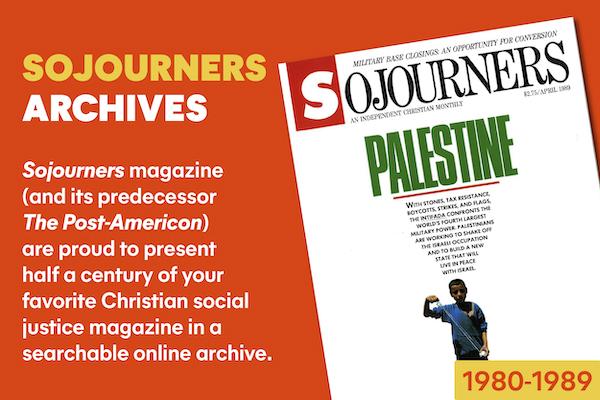When young children do it to their parents, we reprimand them. When teenagers do it, we start to worry about their futures. But when U.S. government officials do it to us, they get away with it--almost. Unlike a child's fib, the February white paper issued by the State Department, offering evidence of communist involvement in El Salvador on the part of the Soviet Union, Cuba, and their allies, is deadly.
Almost four months passed before this "incontrovertible" evidence was shown to be based on distortions, extrapolations, and in some cases, just plain lies. Ironically, the story was broken by the Wall Street Journal--hardly a progressive, left-wing periodical.
The white paper was based on 19 documents supposedly seized from two caches in San Salvador--one in an art gallery, the other behind a false wall in a grocery store. The documents, stored in suitcases and plastic bags, were handwritten notes in Spanish and minutes of meetings typed on paper torn out of spiral notebooks.
The white paper attributed several of the most important documents to guerrilla leaders who clearly didn't write them. In one case, Jon Glassman, the State Department official who was promoted for his role in discovering the documents and compiling the white paper, used the name of a leader whose code name he thought he had broken; he now admits, "We completely screwed it up."
One of the major arguments for evidence of Soviet support in El Salvador surrounds the trip of Shafik Handal, secretary general of the small Salvadoran Communist Party, to Moscow, Hanoi, Havana, and other socialist capitals to acquire donations of arms. When a document attributed to Handal appeared in the white paper, something got lost in the translation: a critical sentence making it clear that the document had to have been written by someone in Cuba after Handal had left there.
Read the Full Article

